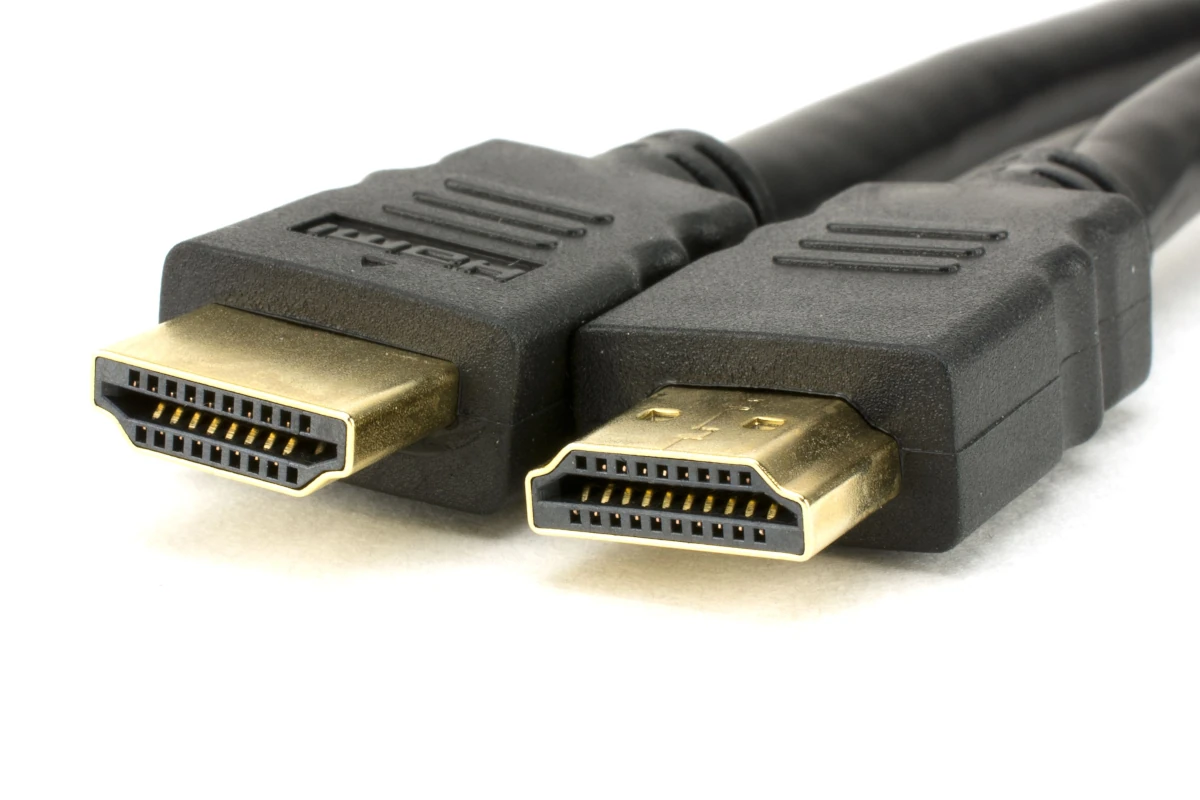Understanding the hertz limit for each HDMI version is crucial for achieving the best audio and video quality from your devices. HDMI, which stands for High-Definition Multimedia Interface, has become the standard for transmitting high-definition content from your source device to your display. With each evolution, HDMI technology has expanded its capability to carry larger amounts of data, allowing for higher video resolutions and faster refresh rates. At the dawn of HDMI technology, versions 1.0 to 1.2 were capable of supporting up to 1080p at 60Hz, which was a significant improvement over previous analog connections.
HDMI Versions: Approximate Hertz (Hz) Supported
| HDMI Version | 1080p (Full HD) | 4K | 8K | Notes |
|---|---|---|---|---|
| HDMI 1.3/1.4 | Up to 120 Hz | Up to 30 Hz | – | Older standards |
| HDMI 2.0 | Up to 144 Hz | Up to 60 Hz | – | Supports high frame rates for gaming |
| HDMI 2.1 | Up to 240 Hz+ | Up to 120 Hz | Up to 60 Hz | Ideal for high refresh-rate monitors |
Important Notes:
- Cable matters: For top refresh rates, make sure you use a cable that matches the HDMI version and is rated for the data transfer speeds. Look for terms like “Ultra High Speed” for HDMI 2.1.
- 4K and 8K limitations: Specific refresh rates at 4K and 8K can be further limited by factors like color depth and chroma-subsampling.
- Source and Display: Both your source device (computer, console) and the display need to support the desired refresh rate and HDMI version for it to work.
Additional Resources:
- HDMI Licensing Administrator: Check the official HDMI specifications for more details (https://www.hdmi.org/)

The mid-to-late 2000s saw the introduction of HDMI 1.3 and 1.4, which increased support for resolutions up to 4K but were limited to a refresh rate of 30Hz. This was a milestone for HDMI technology as it began to cater to emerging ultra-high-definition content. It wasn’t until the release of HDMI 2.0 in 2013 that a substantial jump in performance occurred, allowing for 4K content at 60Hz. As technology progressed, HDMI continued to advance, with HDMI 2.1 further pushing the boundaries by supporting up to 8K resolution at 60Hz and even higher refresh rates for lower resolutions, accommodating the demands of cutting-edge gaming and cinema-quality video playback.
Key Takeaways
- HDMI standards have evolved to support higher resolutions and faster refresh rates over time.
- Initial HDMI versions supported up to 1080p at 60Hz, while HDMI 2.0 introduced 4K at 60Hz.
- The latest HDMI 2.1 version supports up to 8K at 60Hz and allows higher refresh rates for demanding applications.
HDMI Version Overview
Through the evolution of HDMI versions, each has brought significant enhancements in bandwidth and capabilities to support higher resolutions and refresh rates. This section details the progression from HDMI 1.0 to HDMI 2.1, highlighting the technical advancements of each.
HDMI 1.0 to HDMI 1.4: Foundations and Progress
HDMI 1.0 marked the beginning of HDMI technology. Launched in December 2002, it provided bandwidth up to 4.95Gbps, enabling 1080p video and 8-channel audio. HDMI 1.3 came in June 2006, increasing bandwidth to 10.2Gbps and adding support for Deep Color and new lossless audio formats. It also introduced the “Type C” Mini connector.
In June 2009, HDMI 1.4 was released, bringing innovations like Ethernet Channel for network sharing between devices, the Audio Return Channel (ARC), and the ability to deliver 4K video at 30Hz. HDMI 1.4 cables are known as High Speed HDMI cables. With each iteration, specs were refined, and capabilities expanded to meet growing demands.
- HDMI 1.0 – 1.2a: Basic support for HD video and audio
- HDMI 1.3: Rise in bandwidth, deep color, and enhanced audio
- HDMI 1.4: 4K support, Ethernet over HDMI, and ARC features
HDMI 2.0 to HDMI 2.1: Advancements in Technology
HDMI 2.0 was introduced in September 2013, upping bandwidth to 18Gbps. This leap made way for 4K video at 60Hz, more dynamic audio, and up to 32 audio channels. HDMI 2.0 cables are classified as Standard or High Speed HDMI, depending on their bandwidth and performance.
The arrival of HDMI 2.1 in November 2017 set a new benchmark. It boasts a huge bandwidth of 48Gbps, enabling 8K resolution at 60Hz and 4K at 120Hz. This version also introduced features like Dynamic HDR, eARC, and Variable Refresh Rate (VRR) for gaming without lag. For HDMI 2.1, cables must meet the specifications of Ultra High-Speed HDMI for full functionality.
- HDMI 2.0: Enhanced bandwidth, 4K at 60Hz, and rich audio
- HDMI 2.1: Peak bandwidth for 8K and 4K high-frame-rate content, Dynamic HDR, eARC, VRR
Performance and Compatibility
When picking HDMI cables and devices, it’s important to match them based on their performance abilities and compatibility. This ensures the best quality for audio and video and a smooth experience whether you’re watching movies or playing video games.
Resolution and Refresh Rates
4K and 8K resolutions are benchmarks for crisp, detailed images. HDMI 2.0 supports 4K resolution at a refresh rate of 60Hz, which is suitable for most content. It offers a balance of clarity and smooth motion. A step further, HDMI 2.1 allows for higher resolutions like 8K and even 10K, and can accommodate refresh rates up to 120Hz or more, ideal for action-packed movies and fast-paced video games.
- HDMI 1.0 – 1.2: Supports up to 1080p at 60Hz
- HDMI 1.3 – 1.4: 4K at 30Hz
- HDMI 2.0: 4K at 60Hz, bandwidth of 18.0 Gbit/s
- HDMI 2.1: Up to 10K resolution, supports higher refresh rates like 120Hz and beyond
Audio and Video Enhancements
With advancements in HDMI technology, audio and video enhancements became prominent. HDMI 1.4 introduced the Audio Return Channel (ARC) allowing TVs to send audio to an audio/video receiver or soundbar. HDMI 2.1 enhanced this feature with eARC for better audio quality. Dynamic HDR, found in HDMI 2.1, adjusts color and contrast to each frame, improving the viewer’s experience.
Tables delineating features:
| HDMI Version | ARC Support | eARC Support | HDR Support |
|---|---|---|---|
| 1.4 | Yes | No | No |
| 2.0 | Yes | No | Yes (Static) |
| 2.1 | Yes | Yes | Yes (Dynamic) |
Gaming and Interactive Content Advantages
For gamers and users of interactive content such as VR, HDMI’s developments present clear advantages. HDMI 2.1 introduces features like Variable Refresh Rate (VRR) and Auto Low Latency Mode (ALLM). VRR avoids screen tearing by matching the display’s refresh rate to the output device. ALLM ensures the display has the lowest possible lag, which is essential for a responsive gaming experience. These features are not found in older HDMI versions, making HDMI 2.1 the best choice for high-performance gaming consoles and PCs.
Lists to highlight gaming features across versions:
- HDMI 2.1:
- VRR for smoother motion in video games
- ALLM for quick response times
- HDMI 2.0 and earlier: Lack these gaming-centric features
Frequently Asked Questions
When connecting devices, HDMI cables play a crucial role in the quality of the picture and sound. Understanding the different HDMI versions and their capabilities ensures the best possible viewing experience.
What is the maximum refresh rate supported by HDMI 1.4?
HDMI 1.4 supports a maximum refresh rate of 144Hz at 1080p resolution for monitors with an 8-bit color depth. For higher color bit depths, this refresh rate may not be achievable.
Can HDMI 2.0 handle 120Hz at 1080p resolution?
Yes, HDMI 2.0 can support up to 240Hz at 1080p resolution, which means handling 120Hz is within its capabilities.
What are the refresh rate capabilities of HDMI 2.1 for 4K content?
HDMI 2.1 allows for up to 120Hz when displaying 4K resolution, providing a smoother picture for high-definition content.
Are there any limitations to the refresh rate when using an Ultra High Speed HDMI Cable?
Ultra High Speed HDMI Cables are designed to handle the maximum refresh rates provided by HDMI 2.1, including 4K content at 120Hz and 8K content at 60Hz. There are no inherent limitations to the refresh rate within these parameters.
How does the refresh rate support vary between different HDMI cable types?
Different HDMI cables are manufactured to meet various version specifications, with newer versions like HDMI 2.0 and 2.1 supporting higher refresh rates than older versions like HDMI 1.4.
What refresh rates can be achieved with HDMI for gaming monitors?
Gaming monitors with HDMI 1.4 can reach a refresh rate of 144Hz at 1080p if the color bit depth is 8. HDMI 2.0 can support 144Hz at 1080p for monitors with both 8-bit and 10-bit color depths. Using HDMI 2.1, refresh rates can go up to 240Hz at lower resolutions than 4K, accommodating fast-paced gaming requirements.







